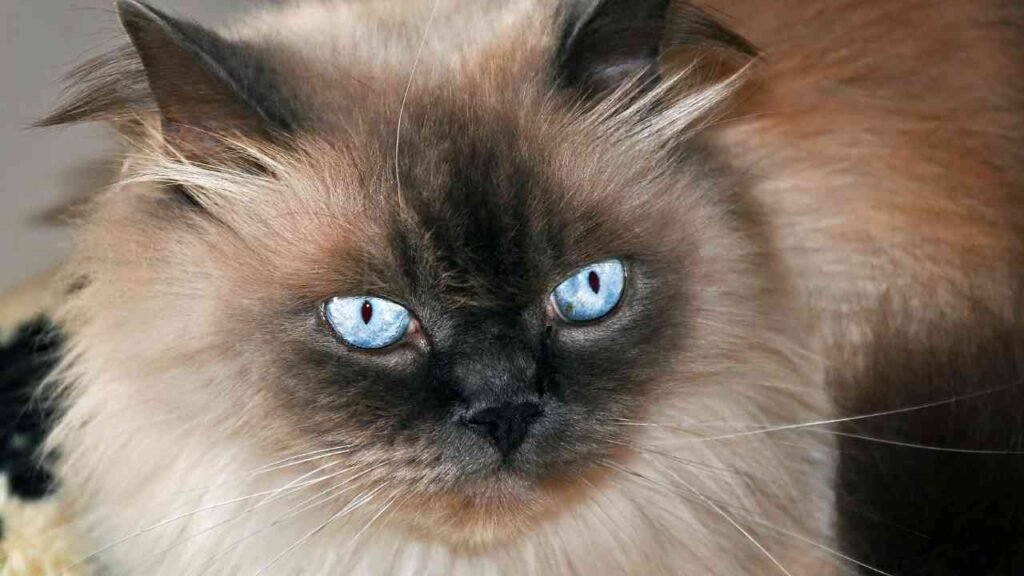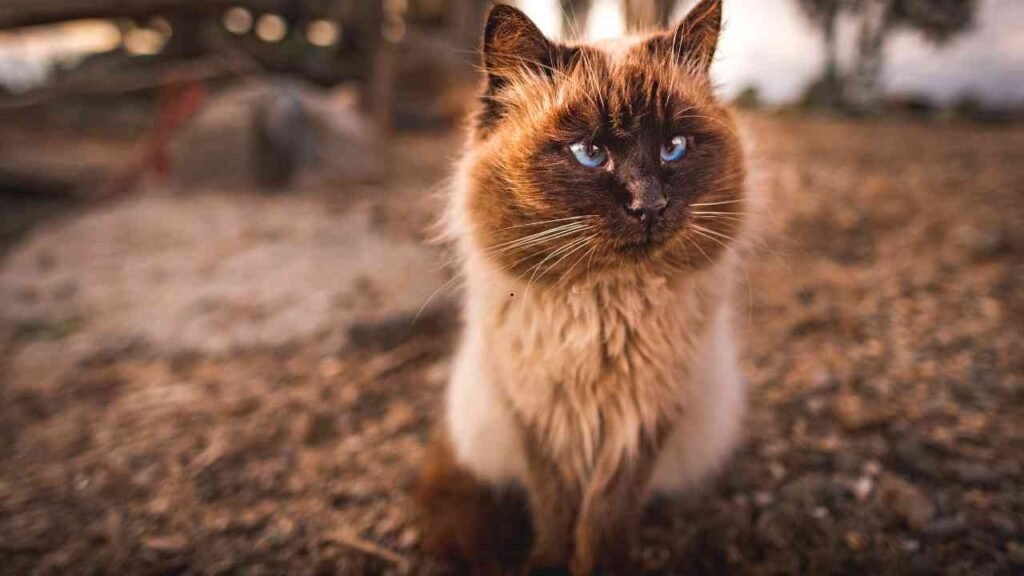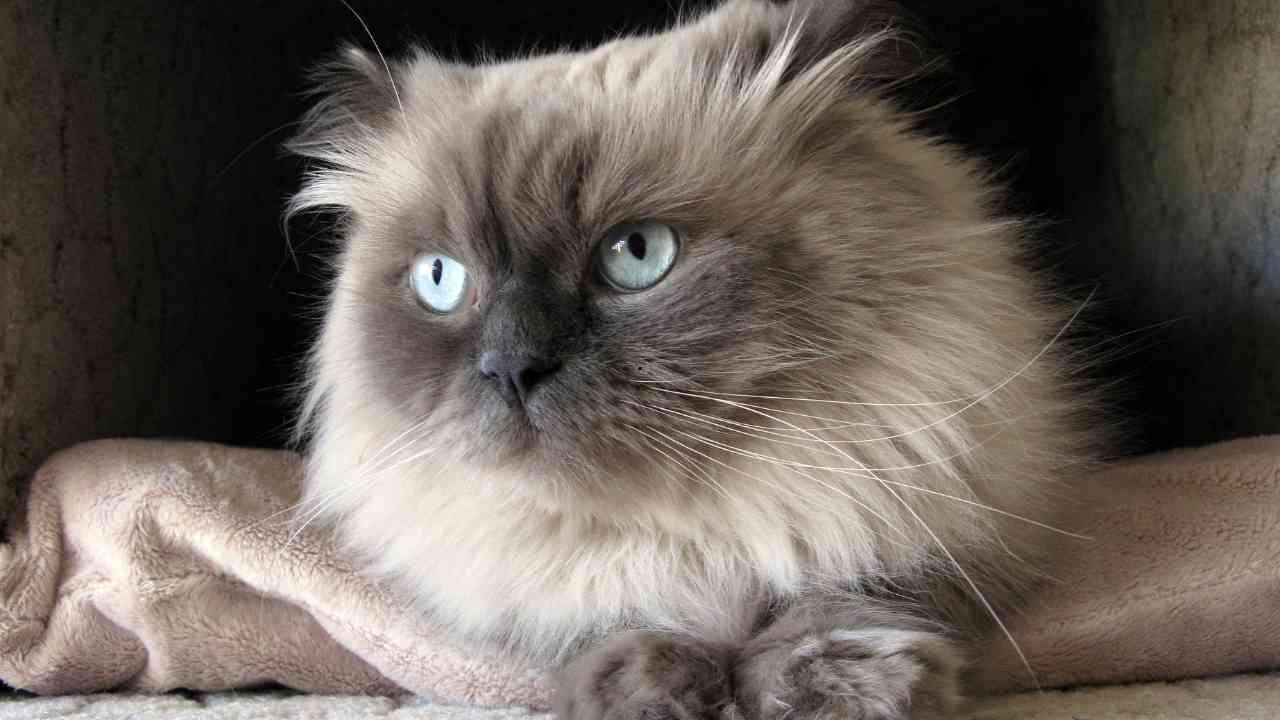Topics Covered in This Blog Post
- Introduction to the Himalayan Cat
- Breed Origins and History
- Distinctive Physical Features
- Personality and Temperament
- Grooming and Maintenance
- Common Health Concerns
- Diet and Nutritional Needs
- Himalayan Cats and Family Life
- Cost and Responsible Ownership
- Is the Himalayan Cat Right for You?
- FAQs
- Final Thoughts
Introduction to the Himalayan Cat
The Himalayan cat is often described as the perfect blend of two of the world’s most beloved cat breeds: the Persian and the Siamese. Known for their luxurious coats, piercing blue eyes, and calm personalities, Himalayans are true indoor royalty. These cats offer the peaceful nature of a Persian combined with the color-point elegance of a Siamese — a combination that has made them a favorite for decades.
Breed Origins and History

The Himalayan breed was developed in the 1930s by breeders in the United States and the United Kingdom. The goal was to combine the long-haired beauty of the Persian with the color-point pattern of the Siamese.
The first officially recognized Himalayan was born in 1931, and the breed gained full recognition by major cat registries like the CFA and TICA by the mid-20th century. Today, Himalayans are either classified as a distinct breed or a color variety of the Persian, depending on the registry.
Distinctive Physical Features

Himalayan cats are easily recognizable due to their:
- Striking blue almond-shaped eyes
- Flat, round face (known as a brachycephalic structure)
- Color-point coat (lighter body with darker face, ears, paws, and tail)
- Long, dense, and silky fur
Common Color Points:
- Seal Point
- Blue Point
- Chocolate Point
- Lilac Point
- Flame Point
- Cream Point
Size:
- Medium to large
- Weight: 7 to 12 pounds
- Compact, stocky build with short legs and a fluffy tail
Personality and Temperament
Himalayan cats are known for their gentle, calm, and loving nature. They’re ideal companions for those who want a quiet, affectionate pet who enjoys lap time and doesn’t demand constant attention.
Key Traits:
- Affectionate but not overly clingy
- Quiet and soft-spoken (unlike their Siamese ancestors)
- Adaptable to routine and calm households
- Loyal to their people but may be shy with strangers
They’re low-energy cats that prefer lounging to leaping, making them ideal for apartments and indoor-only lifestyles.
Grooming and Maintenance
This is where the Himalayan’s beauty becomes a responsibility. Their long, luxurious coat requires daily care to prevent mats and tangles.
Grooming Checklist:
- Daily brushing to prevent matting and reduce shedding
- Monthly baths to keep fur clean and free from oils
- Regular eye cleaning due to tear staining
- Ear and dental hygiene as part of routine care
If you’re not up for daily grooming, the Himalayan might not be the right match.
Common Health Concerns
Due to their Persian lineage and flat-faced features, Himalayans are prone to some breed-specific health problems:
Health Issues to Watch:
- Polycystic Kidney Disease (PKD)
- Respiratory issues due to flat facial structure
- Dental malocclusions
- Tear duct blockages
- Obesity, especially if they are less active
Responsible breeders screen for genetic disorders, so it’s important to adopt from a reputable source.
Diet and Nutritional Needs
Himalayan cats require a balanced diet that supports their coat health, weight management, and digestive comfort.
Diet Tips:
- High-protein, low-carb food to maintain muscle
- Omega-3 and Omega-6 fatty acids for coat shine
- Limited treats to avoid weight gain
- Access to fresh water at all times
Avoid filler-heavy commercial foods. Choose brands that list meat as the first ingredient.
Himalayan Cats and Family Life
Himalayans are well-suited to calm homes and do wonderfully with:
- Elderly owners or individuals who prefer a quiet companion
- Families with older children (younger kids should be taught gentle handling)
- Other pets, as long as introductions are slow and respectful
They thrive on routine and prefer serene surroundings over chaos.
Cost and Responsible Ownership
Initial Cost:
- From breeders: $800 – $2,500 USD
- From rescue shelters: $100 – $300 USD
Additional Costs:
- Grooming tools and services
- High-quality food
- Veterinary check-ups and possible genetic testing
- Toys, scratching posts, and cozy beds
Only adopt from breeders who provide:
- Health records
- Pedigree certification
- A clean, humane breeding environment
Is the Himalayan Cat Right for You?
Ask yourself:
✅ Do I have time for daily grooming?
✅ Am I looking for a calm, affectionate, and quiet cat?
✅ Can I afford regular grooming, vet visits, and high-quality food?
✅ Do I prefer a cat that’s more lap-lover than climber?
If yes — the Himalayan might just be your perfect feline soulmate.
Frequently Asked Questions (FAQs)
Q1: Are Himalayan cats hypoallergenic?
No. In fact, their long fur may trigger allergies more than other breeds.
Q2: Can Himalayan cats live with dogs?
Yes — especially with calm, friendly dogs. Early socialization is important.
Q3: Do Himalayans like being alone?
They can tolerate being alone for short periods, but too much isolation can make them lonely and depressed.
Q4: Are Himalayans active cats?
Not particularly. They enjoy short play sessions but mostly love lounging.
Final Thoughts
The Himalayan cat is a true companion breed — soft in voice, silky in fur, and sweet in nature. Their beauty is undeniable, but they require a bit more maintenance and care than the average cat.
If you’re looking for a loyal, affectionate, and regal pet to share your quiet home, the Himalayan cat is a wonderful choice.
For cat lovers exploring gentle breeds, don’t miss our guide on the Persian Cat — its close cousin — or the playful yet elegant Bengal Cat.
